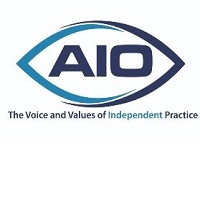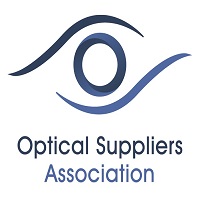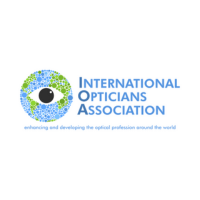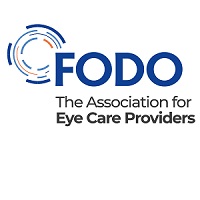Long Sight (Hypermetropia or Hyperopia)
Visual symptoms
In the young to teenage years very little evidence of symptoms are noted. Some will complain of tired or itchy eyes particularly when concentrated viewing at distance and more so for close work is undertaken. At this age we can cheat by using wrongly our fine tuning internal lens to add power to our weak focussing system
As we age our fine adjustment lens becomes less flexible and cheating becomes less possible until we are no longer able to do so. Hence close work problems arrive earlier for the hyperope and eventually both distance and near becomes blurred.
Cause
Either too little focussing power by cornea or too short an axial length of the eye (or combination of both) resulting in the image being focussed in behind the retina.
Correction
The placement of a positive convex lens (spectacle or contact lens) in front of the eye to converge the light rays before being focused onto the retina.
Onset & Progression
For the reasons expressed above many of us cope with small amounts of hyperopia until later in life. Significant power changes are rarely seen unlike myopia; however those who are highly hyperopic in early life often develop ocular motor disorders like convergent squints and lazy eyes. Because no visual discomfort is noticed much hyperopia goes undiscovered until the first aye examination which demonstrates the need for a check up before school age.



















